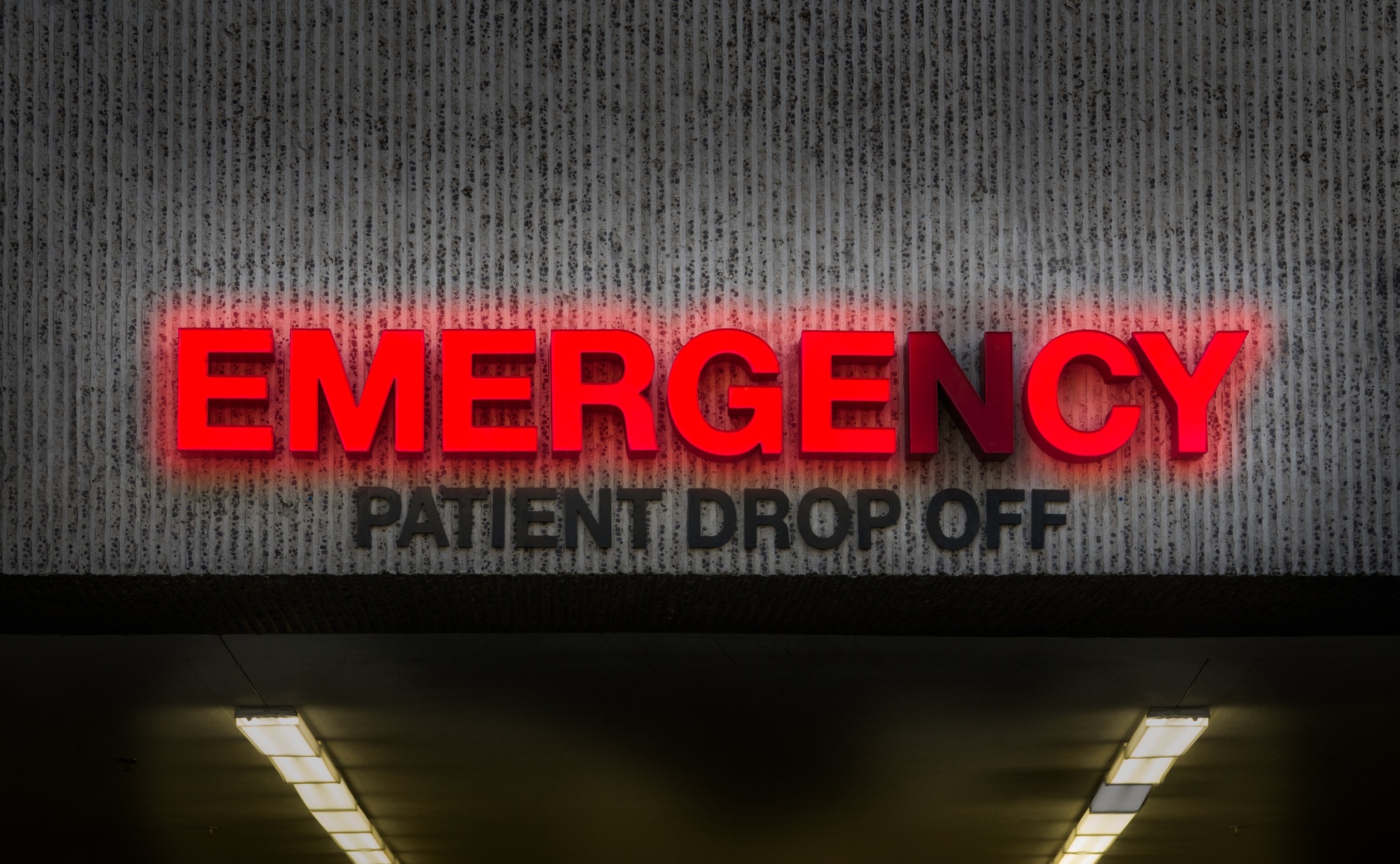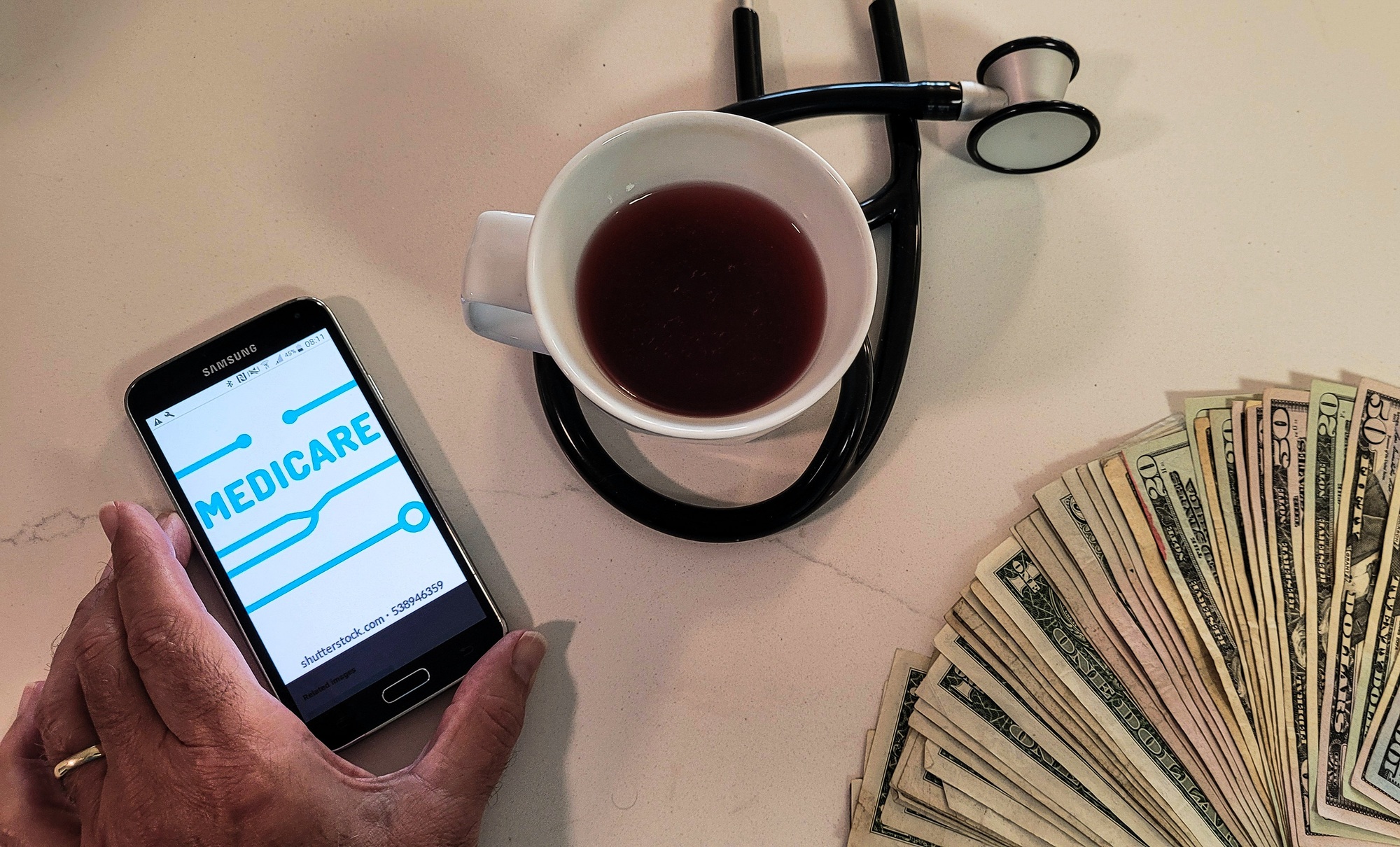If you’re running a private practice, you know how quickly expenses can add up. From rent and utilities to staff salaries and supplies, managing the business side of your practice can feel overwhelming.
The new year is the perfect time to take control of your finances and set your practice up for success. But where do you start?
Here are three simple ways to save on expenses while keeping your healthcare practice efficient and thriving.
1. Audit Your Expenses for Hidden Costs
Have you recently looked at where your money is going? It’s easy to overlook recurring expenses that may no longer serve your practice.
Start by reviewing your financial statements line by line. Look for items like subscription services, unused software, or vendor contracts that might be costing more than they’re worth.
For example, are you paying for a premium version of a service or tool when the basic plan would do just fine? Or maybe you subscribe to journals or organizations that you no longer utilize—it’s time to cancel those.
- Actionable tip: After identifying what’s unnecessary, eliminate or renegotiate these expenses. Small changes can add up to big savings!
Here is how to see those little savings adding up: Track all of your annual savings on a spreadsheet. The bottom line total may surprise you.
2. Optimize Your Supply Chain
How much are you spending on medical supplies, equipment, and office necessities? Many private practices unknowingly overspend by not evaluating vendor options.
Take some time to shop around and compare prices. Reach out to multiple suppliers or explore bulk purchasing agreements—suppliers often provide discounts for larger or long-term purchases.
If a sales rep has been hounding you to switch, ask them for their best price. It could save you money.
And don’t forget to keep track of inventory! Over-ordering items that sit unused is another common issue. A streamlined system ensures you only buy what you need, when you need it.
- Actionable tip: Partner with suppliers who specialize in serving healthcare practices—they often offer industry-specific benefits and discounts.
3. Leverage Technology to Boost Efficiency
Technology is one of the best ways to save time and money in your private practice. Tools like electronic health record (EHR) systems, billing software, and scheduling apps can simplify daily operations while reducing manual effort.
Automation tools can also help you avoid costly errors. For example, automated billing reduces the risk of missed payments, while reminder systems can cut down on patient no-shows.
- Actionable tip: If investing in new tech seems expensive upfront, think of it as an opportunity to save long-term. The hours you save on administrative tasks are hours you can dedicate to patient care or growing your practice.
Outsourcing
Can some things in your office be outsourced? Billing is a big one to consider. If you give vaccinations, that can also be outsourced. See our previous article on outsourcing billing for more.
Conclusion
In summary, managing the financial side of your private practice doesn’t have to be something you avoid. By renegotiating contracts, optimizing your supply chain, and leveraging technology, you can significantly reduce expenses and boost efficiency in a new year.
Remember, small steps lead to substantial savings over time. Don’t hesitate to experiment with new strategies and continuously seek opportunities for improvement.





